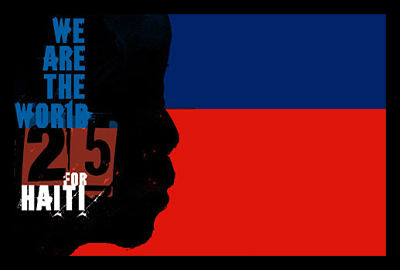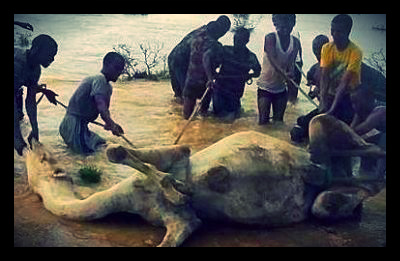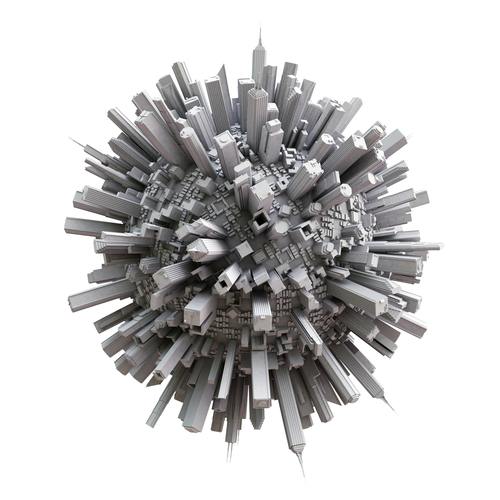
Socially and economically trying times have caused major problems for many struggling nations. Even as the global economy endures turbulent tides within the international marketplace, developed and developing countries alike are still pledging their support for the world’s most needy, including mother Gaia herself.
A total of 46 countries have joined a global coalition to fight poverty head on by pledging a combined $52 billion in financing over the next three years. Through the World Bank’s endowment fund which supports the world’s poorest countries, the International Development Association (IDA) will launch initial efforts starting July 1, 2014, continuing until June 30, 2017.
IDA17’s replenishment will focus its efforts on building sustainability within conflict-affected regions in hopes of achieving balance and stability. Other focuses include: raising the standard for gender equality, improving campaigns dedicated to challenge frontier areas and increasing private sector mobilization. This record amount of funding will result in six major accomplishments:
- Electrical access to 15-20 million people
- Critical life dependent vaccines will be provided to 200 million children
- Microfinance loan options will be allowed for roughly 1 million women
- Basic health services will be provided for roughly 65 million people
- Clean water access by an additional 32 million people
- Access to better sanitation facilities by roughly 5.6 million people
Considering almost 1 billion people live on under $1.25 a day, it’s no wonder that international agencies are joining forces and getting involved in the worlds fight against poverty. “We have a unique opportunity to harness a changing global economy to help the poorest countries get on a path to sustainable, inclusive growth, lift millions from poverty and increasingly fund their own development,” said Sri Mulyani, World Bank Group Managing Director and Chair of the IDA17 negotiations.
The World Bank’s Forest Carbon Partnership Facility (FCPF) also received a contribution from the Government of Norway to the tune of $100 million which will help fund national forest protection strategies. With the aid of the U.N. led organization known as the Reducing Emissions from Deforestation and Land Degradation (REDD+), funding will go towards protecting forest stocks and carbon dioxide reduction.
Support for a national forest protection strategy comes as a result the destruction of tropical rainforests, accounting for nearly 20% of global greenhouse emissions. The United States of America, Norway and the United Kingdom have also contributed funds for carbon related issues totaling $280 million which will support the World Bank’s new BioCarbon Fund aiming to promote sustainable agriculture.
The Executive Board of the World Bank has also approved a provision of $55 million in efforts to rehabilitate roads and bridges in the southern Mozambican province of Gaza. The Mozambican province suffered massive floods which destroyed many rural roads and bridges in January of this year. Funding for the project will set out to build new infrastructure for rural areas and will upgrade 1000 kilometers of new road and 30 main bridges. Even though financial stability remains a looming question for many global markets, it’s encouraging to see that nations haven’t wavered from regarding relief efforts.
– Jeffrey Scott Haley
Feature Writer
Sources: The World Bank, Responding to Climate Change, All Africa
Photo: Vintage 3D








